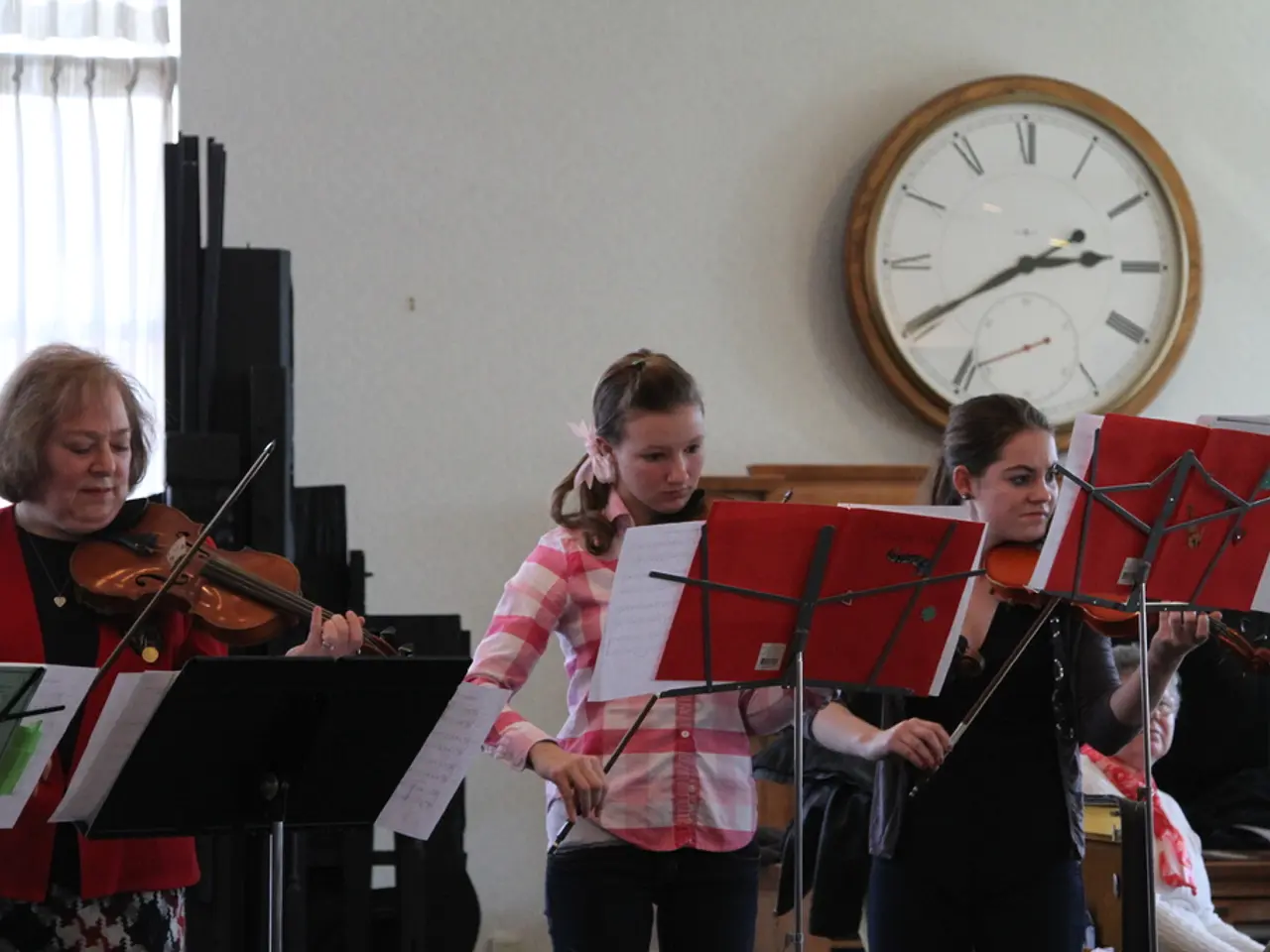The devastating saga of a distinguished violinist who mysteriously disappeared in the midst of a show at the Metropolitan Opera House in New York City
In the heart of New York City, on the 23rd of July, 1980, the Metropolitan Opera House played host to the Berlin Ballet. The night was filled with the rhythmic beats of four ballets - Stravinsky's The Firebird, Piazzolla's Five Tangos, Ludwig Minkus's Don Quixote, and Miss Julie by Ture Rangström. However, the evening would take an unexpected turn, leaving a lasting impact on the opera community.
A 30-year-old violinist named Helen Hagnes Mintiks was part of the orchestra. She was a Juilliard graduate and an award-winning performer who had made her professional solo debut with the Seattle Symphony as a teenager. Mintiks was well-spoken of by her friends, with one friend, Kerry Voight, describing her as the kind of person who would bring the "dinner" to your house.
As the night progressed, Mintiks was missing by 11.30pm after the show ended. When the orchestra was summoned back at 9.30pm to perform Don Quixote, an empty chair was found in the violin section, belonging to Mintiks. The police were alerted, and a search ensued.
The following morning, at 8.30am, Mintiks's body was found in a ventilation shaft, having fallen 30 to 45 feet from the Met's sixth-story roof. The New York chief medical examiner concluded that Mintiks's death was a result of a fall from the roof, and she was alive when she was thrown. The knots used to tie her were similar to those used by the Met's stagehands.
A stagehand named Craig Crimmins was seen talking to Mintiks the night she disappeared. He was later found to have lied about a dancer being on the fourth floor to get her alone in an elevator with him. Crimmins confessed to the murder and attempted rape of Mintiks, and was sentenced to 20 years to life in prison in 1981.
Crimmins attempted to apply for parole every two years since 2000, but was denied each time due to the severity of his crime. He was released on parole in August 2021, accompanied by his family and legal team.
Unfortunately, Mintiks was not the only fatality at the Metropolitan Opera House. Other incidents included the 1996 on-stage death of tenor Richard Versalle and the 1988 suicide of operagoer Bantcho Bantchevsky.
In response to Mintiks's death, a police spokesperson announced that a team of 25 detectives would interview every Met employee (over 800 staff) in the next 24 hours.
In a poignant turn of events, Mintiks's husband, the late sculptor Janis Mintiks, sued the Met Opera after her death. The Met, in turn, increased security measures and implemented stricter employee background checks.
The memory of Helen Hagnes Mintiks lives on, not just as a talented violinist, but as a symbol of the tragic consequences that can occur in the pursuit of art. Her story serves as a reminder of the importance of safety and accountability in the arts community.








